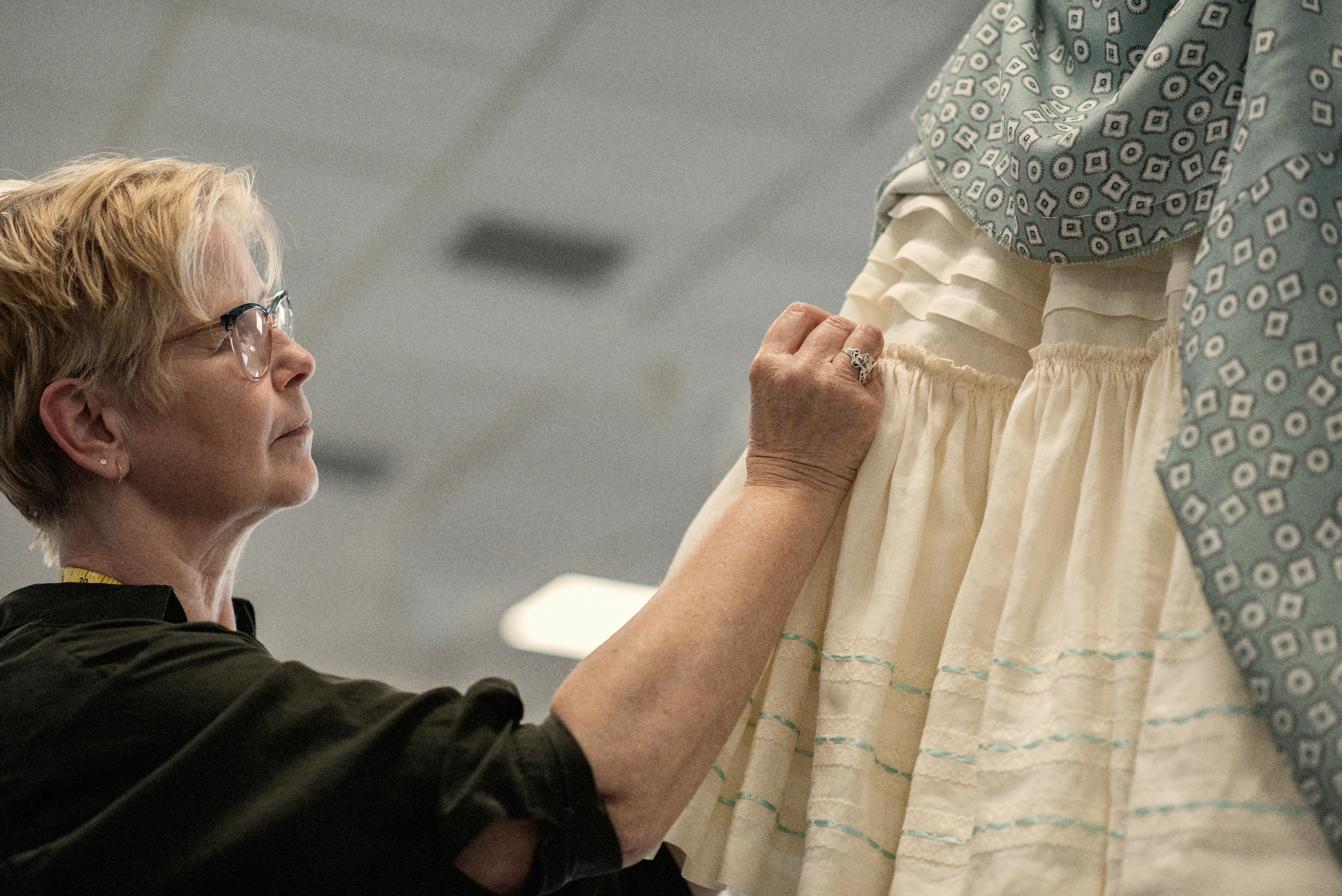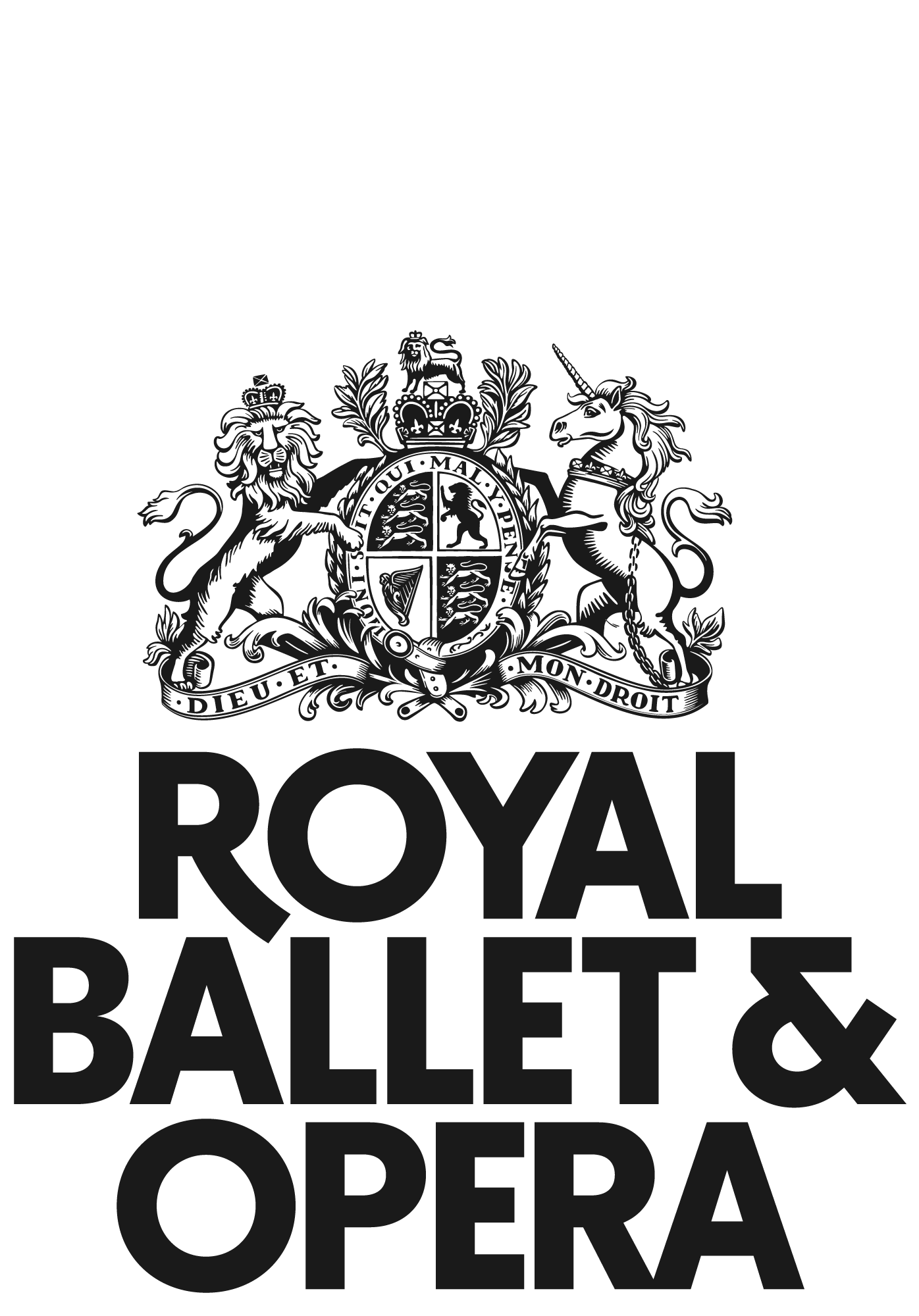The Marriage of Figaro
The Marriage of Figaro
The Marriage of Figaro
It’s Figaro’s wedding, and you’re invited to join the Almaviva household for an uproarious day of revelation and scandal.

Mozart’s comic opera is packed with plot twists, forbidden desires and unforgettable melodies, combining laugh-out-loud comedy with moments of breathtaking beauty.
Mozart’s comic opera is packed with plot twists, forbidden desires and unforgettable melodies, combining laugh-out-loud comedy with moments of breathtaking beauty.
Royal Ballet and Opera Principal Julia Rausing Trust
You’re Invited to the Wedding

Count Almaviva lives with his Countess on their estate near Seville. The Count has his eye on his wife’s maid Susanna, who is about to marry the Count’s servant, Figaro. Much to Figaro’s dismay, the Count plans to seduce Susanna on the night of the wedding. Meanwhile, Cherubino, the Count’s young page, has a crush on the Countess, but has just been dismissed after being discovered with Barbarina, the gardener Antonio’s daughter. Figaro decides he must foil the Count’s attempt to seduce his wife-to-be and enlists the help of the Countess, Susanna and Cherubino – the latter disguising himself as a woman. A series of mistaken identities, misunderstandings and thwarted plans ensue, with all members of the household participating as each tries to get what – and who – they want.
To find out more about the production, including key plot points and background information: read The Marriage of Figaro Opera Essentials page.
Background
Alex Esposito, Louise Alder, Andrey Zhilikhovsky and Masabane Cecilia Rangwanasha star as Figaro, Susanna, the Count and the Countess in David McVicar’s (The Magic Flute, Salome) beloved staging of The Marriage of Figaro, which shines with humour and humanity. Following her Covent Garden debut leading last Season’s Hansel and Gretel, Giedrė Šlekytė returns to conduct, bringing to life the work that confirmed Mozart’s status as the premier opera composer of his day.
Nothing but Figaro
Le nozze di Figaro (The Marriage of Figaro) was Mozart's first collaboration with Lorenzo Da Ponte, who also wrote the librettos for his operas Don Giovanni and Così fan tutte, and was first performed in 1786. It is based on Pierre Caron de Beaumarchais’ controversial play Le Mariage de Figaro, the sequel to his earlier stage work The Barber of Seville (memorably set to music by Gioachino Rossini). The Marriage of Figaro was initially banned due to its merciless satire of the upper classes, and so Da Ponte toned down much of the libretto’s political content. The result was a great success, with sold-out performances in Vienna and a frenzy of appreciation in Prague, where Mozart reported hearing 'nothing but Figaro!' on the streets. David McVicar’s production, created in 2006, sets the action in a château in 1830 on the eve of France's second revolution. He explores the political and class conflicts at the core of Beaumarchais' play, while maintaining Mozart and Da Ponte's humanity and wit.
Marvel at Mozart's music
From the bustling Overture to its poignant conclusion, The Marriage of Figaro is filled with wonderful music. You may recognise the bouncing tune of Figaro's ironic farewell to Cherubino in 'Non più andrai' (You shall go no more), as he packs the amorous teenager off to war. Cherubino’s lovestruck aria to the Countess, ‘Voi che sapete’ (You who know what love is), combines a sweet, pleading melody with an entertaining account of the first pangs of teenage lust. Meanwhile, the Countess’ aria, 'Dove sono' (Where are they [those happy moments]), eloquently conveys her pain and heartbreak as she longs for past happiness. Mozart’s opera also contains entertaining ensemble pieces, such as the closing scene of Act II, in which Figaro's plans unravel at breakneck speed. As so often with Mozart, forgiveness is a key theme and the Count's Act IV plea to his wife, 'Contessa, perdono' (Countess, forgive me), is another highlight of Mozart's genius.
Figaro, Figaro?
If you’re wondering what that tune is, you may be looking for the 'Largo al factotum' (Make way for the factotum, or handyman) aria from Rossini’s opera, The Barber of Seville. Composed in 1816, Rossini's opera is the narrative prequel to Mozart’s The Marriage of Figaro, depicting the courtship of Rosina and Lindoro (aka the Countess and Count Almaviva) before their marriage. Prior to acting as servant to Count Almaviva, Figaro was a barber: a role he exploited to enable the lovers to outwit Rosina’s guardian. Considering their history, the Count’s attempted seduction of Figaro’s fiancée Susanna appears all the more scandalous.
Cast and Creatives
Cast
The cast of this production may vary depending on performance date. Go to cast and dates to see these.
Creatives
Reviews

Access
There is lift access and step-free routes to over 100 seats in the Stalls Circle, Balcony and Amphitheatre. There are 10 steps or fewer to some seats in the Stalls Circle, Balcony, Amphitheatre and the Donald Gordon Grand Tier. All seats in the Orchestra stalls are accessed by 9 steps or more. A handheld bell is rung by Front of House staff to signal guests to take their seats before a performance. The bell is loud and can be startling. The bell is rung approximately ten minutes before the show starts and at each interval.
We have an assistive listening system available to use.
Upcoming accessible performances:
There will be a British Sign Language interpreted, Captioned and Audio Described performance with a Touch Tour on 22 June 2026. Touch Tours must be booked by contacting boxoffice@roh.org.uk for tickets.
Join our Access Scheme for priority access performance tickets and to personalise your account for your access requirements.
See our Accessibility page for more information on access at the Royal Opera House.

Costume Appeal
The Costume Department work year-round to prepare the beautiful, intricate and specialist costumes ready for our performers to wear. They are responsible for crafting the future of ballet and opera.
Help them bring the artistic visions of creative teams to life, all whilst maintaining a strong commitment to sustainabiltiy, by making a donation to our Costume Appeal.
For people, not profit. Making world class ballet and opera for everyone.
Royal Opera House Covent Garden Foundation, a charitable company limited by guarantee incorporated in England and Wales (Company number 480523) Charity Registered (Number 211775)
